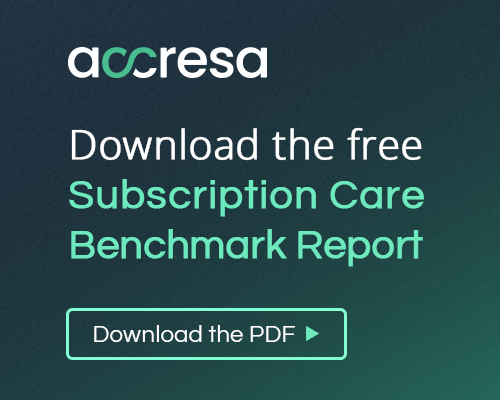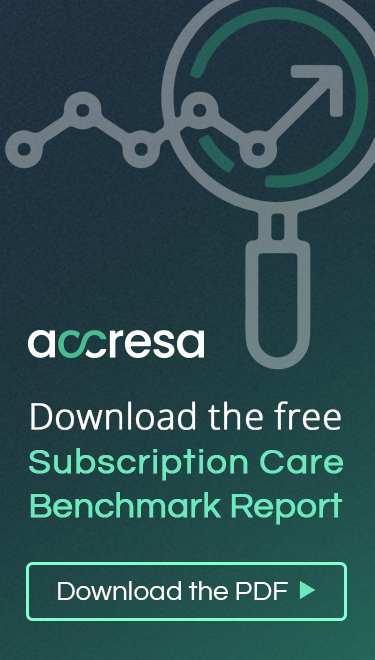A recent Health Leaders analysis by Marie Defreitas explores the possibilities of Direct Primary Care (DPC) models replacing traditional High Deductible Health Plans (HDHP) in anticipation of Medicaid cuts. Direct Primary Care is a membership-based healthcare model where patients pay a monthly fee for specified primary care services, a healthcare model that Defreitas believes can shift the current healthcare system’s financial landscape for the better. Her analysis focuses on how DPC models can enhance cash flow by providing consistent payments directly to providers, helping CFOs mitigate the impact of upcoming Medicaid cuts, particularly in smaller, rural areas. While the article is well-intentioned and acknowledges some of the strengths of DPC models, it overlooks specific nuances surrounding HDHPs and their role in the current landscape. Here’s my response to some of its key points:
1. Replacing High Deductible Health Plans with Direct Primary Care
The article suggests that health systems should consider “replacing” HDHPs with DPC. However, nearly half of all insurance policies written today are HDHPs. While there is a valid concern that HDHPs may lead participants to forgo care, proposing DPC alone as the solution is shortsighted and doesn’t consider the implications of replacing such a large portion of current policies.
2. “A DPC model can fundamentally change a health system’s revenue for the better.”
This may be true for independent advanced primary care practices. In such settings, capitated payment models can increase revenue, and operational expense savings may approach 40%. However, the story is different for hospital systems. Successful DPC programs typically reduce overall claims costs by approximately 20%, primarily through a decrease in ER utilization. While this is undoubtedly the right thing to do from a patient care perspective, it can harm a health system’s finances. Without the appropriate contractual agreements in place, DPC can be a losing proposition for hospitals.
3. “CFOs can consider strategic partnerships with DPC-affiliated primary care groups to stabilize outpatient revenue.”
While I am aware of hospital systems that have explored such partnerships, I have not seen any published white papers or case studies that demonstrate this as a profitable or scalable strategy.
4. “As out-of-pocket costs for consumers have grown, given the rise of HDHPs, providers are much more at risk for nonpayment.”
This point is accurate. Whenever more financial responsibility shifts to patients, accounts receivable and bad debt tend to increase. DPC models can help mitigate this. Since roughly 80% of care can be handled by a DPC provider, these models can meaningfully reduce out-of-pocket costs for patients and, in turn, lower bad debt exposure for health systems.
5. “For hospitals, this (DPC) creates an opportunity to reshape service distribution, as many routine visits become ‘in-house’ subscription services, therefore easing uncompensated care burdens.”
The operational lift required to convert a primary care practice to a capitated model is substantial. Most hospital system operators have yet to see ROI models that justify this transformation—unless they are pursuing full global capitation models, as seen with organizations like Kaiser Permanente.
Fortunately, the latest legislation under the OBBB permits the use of HSAs, FSAs, or HRAs to cover the costs of DPC programs. This opportunity should be a “no-brainer” for employers and account holders. While the market potential for independent DPC providers is significant, the return on investment for health systems remains undefined.


